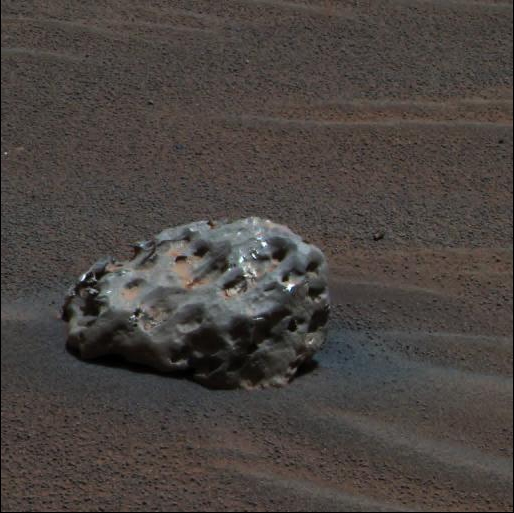My first publication of a scientific observation came when I was twelve. It was in the august scientific journal, the Daily Mail and came about because I had written about seeing a meteor light up the sky to Big Chief I-Spy. He had a weekly column in the Daily Mail and, out of all the letters he must have got from precocious kids like me each day, he chose to highlight mine. My reward, other than ever-lasting fame, some kudos at school and two copies of that day's newspaper (rounded up by my dad), was a pen. No one ever said science paid well.
The thing I never mentioned in the letter was that the meteor explosion scared the hell out of me. When I was four, our house had been struck by lightning and this bolide (exploding meteoroid) resembled lightning (but without the thunder). It lit the sky up and the night it and I chose to be in the same rough location at the same time was Boxing Day 1974. Nearly forty years later I mostly remember the flash but I suppose it looked something like this:
At that time I had a star map on my bedroom wall where other young boys probably hung a poster of Suzi Quatro clipped from the pages of Look-In. I had a small telescope that was pretty good for showing features on the Moon's surface but was limited when trying to find the planets. I would wrap myself up and head out into the garden to look at the Moon almost nightly. In the summer I thought nothing of sitting in a folding chair in the garden trying to see meteors.
And meteors scared me. When I first found out about them it was through the pages of I-Spy The Sky. I can't remember how many points you got for seeing a meteor but it was fewer than a comet and more than for seeing something like Jupiter. What scared me was the fact that these lumps of rock could come out of the sky and land on the ground. I imagined that they would be hissing and steaming like the Martian ships in the original War Of The Worlds film (not starring Tom Cruise). When I first visited the Natural History Museum in the autumn of 1973 on a school trip, I made sure I went to see the meteorite gallery and I suppose I was somewhat disappointed. These frightening lumps of space rock were like misshapen cobbles. They seemed harmless.
In the main they are. No one is reported to have been killed by a fall and barely any falls have caused damage to humans or even their property. There are far too many square miles on the Earth's surface that are not occupied by humans, and then there's all that sea. But dozens of meteorites land on the surface each day and some of them are found. It's easier to look in the desert where vegetation doesn't obscure them, and better still to look on ice sheets because any rock on the surface of the ice almost certainly got there from the sky. But they do cause the odd bit of damage, as this Alabama woman found out first hand in
1954.
As result of other's endeavours, I have a small collection of meteorites. I am happy just to have my own selection of misshapen and scorched interplanetary pebbles but happier to have a piece of a meteorite chemically identical to rocks brought back by the Apollo astronauts. And I am happiest of all to have milligrammes of a stone that is reckoned to have played solar system pinball all the way from Mars. Instead of being frightened, I now cherish these rocks. They are my tiny connection with the vastness of space. Now that vastness does still frighten me, as it did Blaise Pascal three hundred or so years ago.
But I find the most amazing thing about this meteorite business is that we've found one on Mars.
This one was found in 2005 by the rover Opportunity. On Earth it would have turned to rust over the centuries but in the mainly carbon dioxide atmosphere of Mars it is perfectly preserved. So far the two rovers have found at least five, as discussed and illustrated here. One day, perhaps not too far off, an astronaut will kick their boot against a meteorite on the sandy martian surface and perhaps that rock will have begun its life here on Earth.




No comments:
Post a Comment